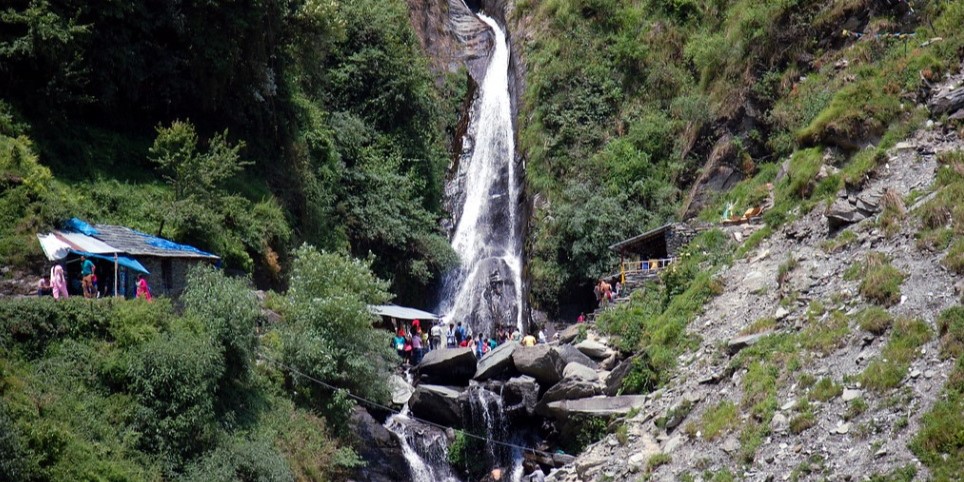Dharamshala in Himachal Pradesh, offers more than just breathtaking views and spiritual retreats. It is a shining example of eco-tourism and sustainable travel in India. This guide delves into how visitors can embrace eco-friendly practices while exploring this Himalayan gem. From understanding the principles of eco-tourism to exploring local conservation efforts, this blog provides a detailed look at how to travel sustainably in Dharamshala.
Understanding Eco-Tourism
Eco-tourism is about traveling in a way that minimizes environmental impact, supports local communities, and promotes the conservation of natural resources. It emphasizes responsible travel practices that benefit both the environment and the host communities. In Dharamshala, this means engaging with the region’s natural beauty while being mindful of preserving its cultural and ecological integrity.
The Green Landscape of Dharamshala
1. Eco-Friendly Accommodations
When visiting Dharamshala, choosing accommodations that follow sustainable practices is a crucial step towards eco-tourism. Look for lodgings that incorporate the following practices:
- Energy Efficiency: Opt for places that use energy-efficient lighting and appliances, reducing their carbon footprint.
- Water Conservation: Select accommodations that have implemented water-saving measures such as low-flow fixtures and rainwater harvesting systems.
- Waste Management: Support lodgings that practice proper waste segregation, recycling, and composting.
2. Sustainable Travel Practices
Travelers play a pivotal role in promoting sustainability. Here are some practices to consider:
- Use Public Transportation: Whenever possible, use local buses, shared taxis, or other forms of public transport to reduce your carbon footprint and support local transportation networks.
- Pack Light: Carry only what you need to minimize the weight of your luggage, which in turn reduces fuel consumption during travel. Also, bring reusable items like water bottles, shopping bags, and cutlery to cut down on single-use plastics.
- Respect Wildlife: When engaging in wildlife observation or trekking, follow guidelines that minimize disturbance to animals and their habitats. Stick to marked trails and avoid feeding wildlife.
3. Conservation Efforts and Community Projects
Dharamshala is home to various initiatives aimed at preserving its natural and cultural heritage:
- Forest Conservation: Local efforts focus on reforestation and protecting forest ecosystems. Participating in or supporting these initiatives can contribute to maintaining the area’s biodiversity.
- Plastic Waste Reduction: The region has taken significant strides in reducing plastic waste through policies and community efforts. Visitors can contribute by avoiding single-use plastics and properly disposing of waste.
- Local NGOs and Environmental Groups: Several organizations are dedicated to environmental education and conservation. Engaging with these groups, either through volunteering or donations, helps support their important work.
4. Cultural Sensitivity and Responsible Tourism
Respecting local culture is an integral part of sustainable travel. Here’s how to be a responsible tourist in Dharamshala:
- Learn About Local Customs: Understanding and respecting local customs and traditions is crucial. This includes appropriate dress codes when visiting religious sites and observing local etiquette.
- Support Local Economies: Choose to shop from local markets and eat at restaurants that source ingredients locally. This supports the local economy and promotes sustainable livelihoods.
- Participate in Community-Based Tourism: Engage in experiences that offer insight into local culture and traditions, such as craft workshops or cultural performances. These activities often support community development and provide a more authentic travel experience.
5. Eco-Friendly Activities in Dharamshala
Dharamshala offers numerous activities that align with eco-tourism principles:
- Trekking and Hiking: Explore trails such as the Triund Trek or the Bhagsu Waterfall trek, which allow you to immerse yourself in nature while adhering to responsible trekking practices.
- Nature Photography: Capture the stunning landscapes and wildlife of Dharamshala without disturbing the natural environment. Early mornings and late afternoons often provide the best light and fewer crowds.
- Yoga and Meditation: Participate in yoga and meditation retreats that promote mindfulness and environmental consciousness. These retreats often incorporate eco-friendly practices in their operations.
Practical Tips for Eco-Friendly Travel
- Stay Informed: Research local environmental practices and policies before your visit. Understanding the region’s efforts in conservation can help you align your travel habits with local sustainability goals.
- Travel Off-Peak: Visiting during off-peak seasons can help reduce the strain on local resources and provide a more serene experience.
- Be a Responsible Tourist: Follow the principles of Leave No Trace by cleaning up after yourself, avoiding littering, and respecting wildlife and natural habitats.
Conclusion
Dharamshala exemplifies how travel can be both enriching and environmentally responsible. By choosing eco-friendly accommodations, supporting local conservation efforts, practicing sustainable travel habits, and respecting local cultures, visitors can contribute to preserving the natural beauty and cultural heritage of this Himalayan paradise. Embrace eco-tourism during your visit to Dharamshala, and make a positive impact on the environment and community.
Plan your trip with these principles in mind, and experience the beauty of Dharamshala while supporting its commitment to sustainability.
Links: Dharamshala, Top 10 Spots in Dharamshala for Nature Lovers: Ultimate Guide





